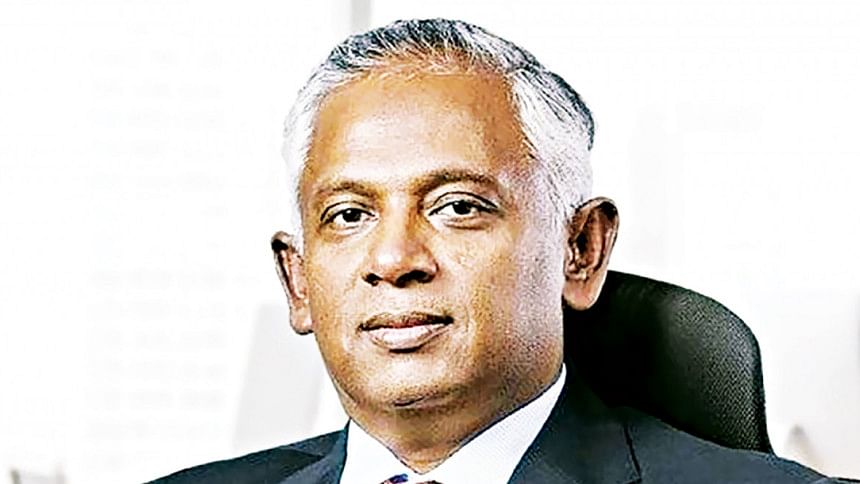Navigating dual-brand strategy

It is often believed that a dual-brand strategy is perfect for companies that want to confuse their customers twice as much! Many criticise the proposition of two brands sarcastically as "why limit your market failure to just one brand when you can fail with two?" Or "one brand just isn't enough to hide all your mistakes." Such views are particularly common when your lone brand is not performing well.
During the merger of Robi and Airtel, one of the most critical decisions that confronted Robi management was whether to continue with two brands or stick with only one. The board and the group were in favour of a single brand in light of its bad experience in Indonesia (merger of XL Axiata and Axis) where the brand positioning of both brands was somewhat similar to Robi and Airtel.
In Cambodia, Hello Axiata merged with Smart, dropping Hello to continue singularly with Smart for the latter's superiority in all brand health parameters.
This preference was backed by an international consultant's view that dual-brand strategies often fail (over 80 percent of the time). However, it was premature to dismiss the dual-brand approach without trial, drawing on Unilever's experience in successfully managing brand transitions like Peps Gel to Close-up and Genisol to Sunsilk. Hence, we opted to explore this strategy before making a final decision.
A small team and I researched international examples of both successful and failed brand strategies. In Indonesia, a brand failed owing to repositioning that overlooked consumer reaction.
In Cambodia, the decision to favour SMART over Hello was straightforward, as SMART had superior brand equity in key areas. The only successful example of a dual-brand strategy we found was Globe Telecom in the Philippines, where the strategy succeeded by targeting new market segments such as B2B and enterprise.
The challenge for Robi was its second-tier status in crucial areas like network quality, coverage, and service. Leading in at least one aspect is essential for a distinct brand identity. The merger with Airtel helped Robi gain two advantages: being the most affordable and the most youth-centric brand despite limited network coverage.
A workshop was organised that included almost all media bodies, agencies and brand personalities to ensure that not a single point was missed. Despite the wide range of insights and learning from the workshop, unlike my team, I failed to come to a conclusion.
After some qualitative research based on the above, Robi users were surveyed on if they would switch to Airtel. Most refused, labeling Airtel as a "kids" brand.
Conversely, over 70 percent of Airtel users opted not to switch to Robi, slapping it as an "uncle's brand". This made it easier for the management to adopt confidently to a dual-brand strategy.
Despite their initial resistance, the board and the group were eventually convinced by the management to test a dual-brand strategy for a year as a trial. The changes were kept to a minimum so as to track success or failure accurately, maintaining a separate Airtel brand and sales team under a dedicated head.
Distinct targets were set to identify precise causes of outcomes. Seeing the dangers, competitors lobbied against Robi's strategy with BTRC, but were unsuccessful.
The dual-brand strategy was highly successful, with Airtel's revenue growing by 112 percent and Robi's by 17 percent in 2017-21, with a combined growth of 34 percent. In contrast, competitors like GP grew 14 percent, while Banglalink saw a 2 percent decline. Airtel had clearly gained from Robi's wider network coverage and lower prices.
The dual-brand strategy effectively targeted rivals with strategic price and brand positioning. Robi was aligned to challenge GP, while Airtel was set against Banglalink. GP's response with Skitto failed to pose a significant threat.
This approach, if meticulously executed, can capitalise on market segmentation, cater to varied customer needs, leverage competitive advantages, optimise resources, ensure precise brand positioning, and foster innovation.
Embrace the dual or multi-brand strategy whenever the opportunity arises, allowing two or multiple brands to dance in harmony, leading the market in a synchronised tempo.
The author is founder and managing director of BuildCon Consultancies Ltd

 For all latest news, follow The Daily Star's Google News channel.
For all latest news, follow The Daily Star's Google News channel. 



Comments